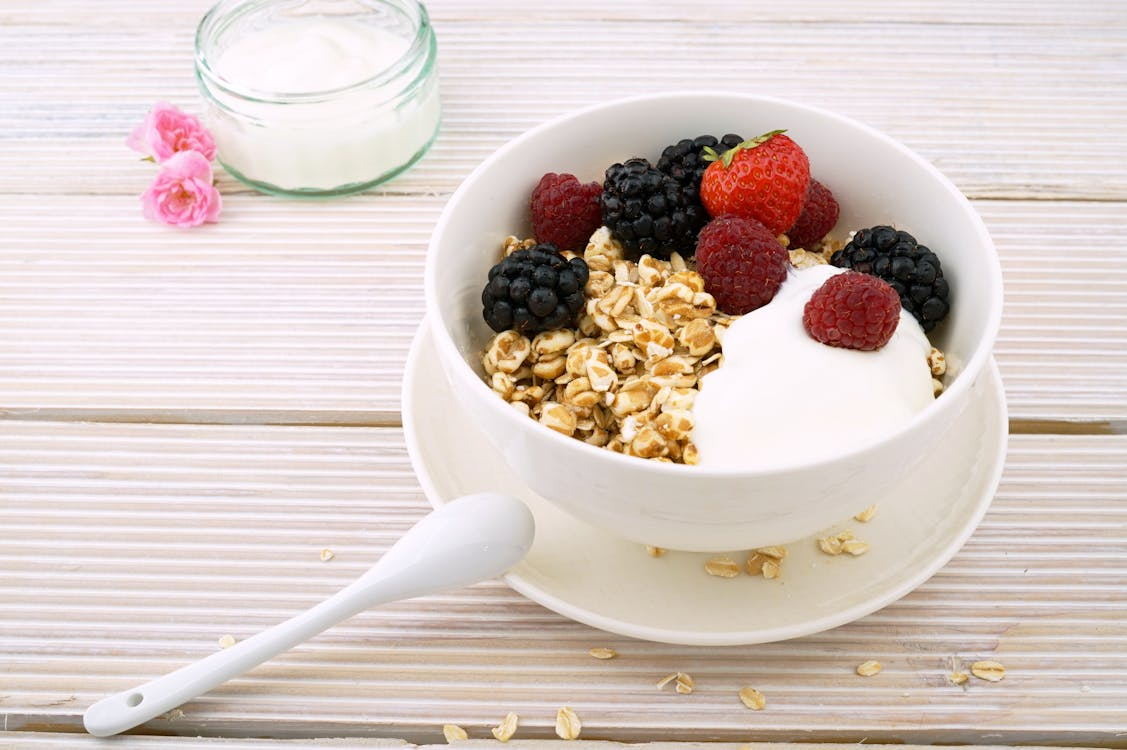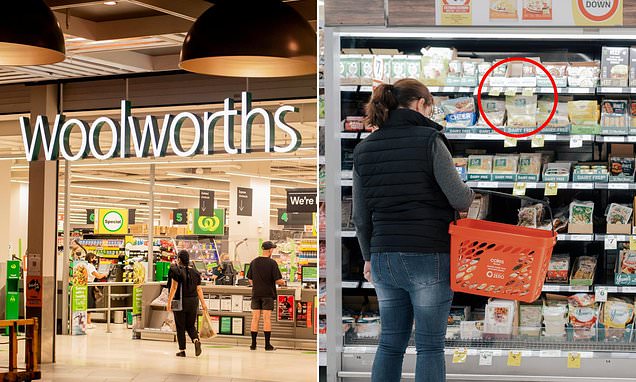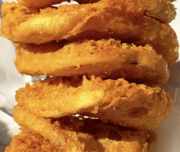
Picture yourself strolling through the dairy aisle at your local Coles or Woolworths, only to find empty shelves where your go-to protein yoghurt once stood.
You glance around, wondering if it’s just bad luck—only to spot others doing the same, scanning labels in disbelief.
The once-reliable tubs of creamy, protein-packed goodness have all but vanished.
If this frustrating scene sounds familiar, you’re not imagining it.
Protein yoghurt has quietly disappeared from supermarket fridges nationwide, sparking confusion and disappointment among shoppers who’ve built it into their daily routines.
From breakfast parfaits to post-walk snacks, these tubs have become a household staple—and their absence has left a noticeable gap.
The mystery behind the yoghurt shortage can be traced back to a surprising culprit—viral social media trends that turned protein consumption into a cultural craze.
What began as harmless recipe hacks and influencer endorsements has snowballed into a nationwide supply struggle.
'Despite our suppliers increasing production to keep pace, current demand continues to exceed supply,' a Coles spokesperson explained, while Woolworths reported similar disruption with 'temporary supply constraints across the category'.
Australia’s appetite for protein is staggering.
The country’s yoghurt market grew to $3.8 billion in 2024, while the protein supplement industry is projected to nearly double to $987.6 million by 2033.
'Despite our suppliers increasing production to keep pace, current demand continues to exceed supply.'
The shortage isn’t limited to dairy aisles—it’s part of a broader global protein crisis.
A worldwide scarcity of whey protein has driven prices up by as much as 30 per cent, and experts warn that premium whey sourced from Australia and New Zealand may remain in short supply until late 2025.
It’s a perfect storm of surging demand and dwindling resources, making it harder—and costlier—to produce the high-protein foods Aussies have come to rely on.
For many Australians, particularly those prioritising muscle strength and healthy ageing, protein yoghurt is far more than a trend.
It’s a convenient, nutritious anchor in their daily diets.
Its versatility is unmatched—used in smoothies, dips, dressings, overnight oats, or even as a base for pizza dough.
And because it’s ready to eat, it delivers a no-fuss source of protein without the mixing, blending, or measuring required by powders and supplements.
The obsession with protein isn’t all hype, especially for those over 40.
As the body naturally loses muscle mass with age, protein needs increase.
While the average adult requires 0.8 to 1 gram of protein per kilogram of body weight daily, adults over 40 should aim for 1 to 1.2 grams to maintain strength and function.
Protein needs for Aussies over 40
- Standard adult: 0.8–1g per kg of body weight
- Over 40s: 1–1.2g per kg due to muscle mass loss
- A 75kg adult needs: 75–90g daily
- Can be met through balanced meals, not just supplements
Still, experts urge moderation.
The Mayo Clinic notes that most adults can meet their protein needs through balanced meals rather than relying solely on fortified foods or supplements.
Until supply catches up, shoppers are being forced to improvise.
Greek yoghurt mixed with a scoop of protein powder can mimic the nutritional profile of protein yoghurt, while cottage cheese and high-protein milk serve as convenient alternatives.
For those favouring whole foods, lean meats, eggs, fish, beans, lentils, tofu, nuts, and seeds provide reliable protein sources—with the added bonus of vitamins, fibre, and minerals.
Some shoppers have turned into detectives, checking multiple stores or calling ahead before heading out.
Others have resorted to stockpiling when they find their preferred brand—ironically worsening the shortage in the process.
Even online tools meant to show in-store availability often display the dreaded ‘out of stock’ message, frustrating loyal customers further.
Industry experts predict that demand for yoghurt and sour milk products will keep climbing as Australians embrace them as healthy, high-protein snacks.
The shift toward natural, sugar-free, and probiotic-rich varieties is also driving innovation in the market.
However, patience will be key.
The whey shortage is expected to ease by the end of 2025, and suppliers are already ramping up production to meet the nation’s insatiable demand.
In the meantime, exploring alternatives could help you discover new favourites that fit seamlessly into your diet—and might even stick around once your go-to tubs return.
What This Means For You
A viral social media craze has sparked an unexpected nationwide shortage of protein yoghurt, leaving supermarket shelves bare and shoppers frustrated.
Behind the scenes, global whey protein shortages have pushed production costs up by as much as 30 per cent, making it harder for suppliers to keep pace with growing demand.
For older Australians aiming to maintain muscle strength and stay active, this shortage is more than an inconvenience—it’s a reminder of how vital protein is as we age.
Until shelves are restocked, options like Greek yoghurt, cottage cheese, and high-protein milk can help bridge the gap, ensuring your daily protein goals don’t fall by the wayside.
If you’ve been feeling the pinch from the protein yoghurt shortage, you’re not alone—and it’s not just yoghurt products feeling the squeeze.
There’s a growing trend of overpriced snacks and powders promising the same benefits, but not all of them deliver what they claim.
Before you reach for those shiny new protein treats, here’s a story that breaks down what’s really worth your money—and what’s not.
Read more: Don't fall for the protein snack con: Why seniors need more protein, but not from overpriced packets
When protein obsession meets reality: Inside Australia's unlikely shortage crisis — Explores how viral social media trends sparked a nationwide yoghurt shortage and highlights supermarket supply issues caused by surging demand.
2025 Supply Update — Discusses the global whey protein shortage, its 30 per cent price increase, and how Australian and New Zealand whey supplies may remain limited until late 2025.
Yoghurt and Sour Milk Products in Australia | Market Research Report — Provides insights into the growing demand for yoghurt and sour milk products as healthy, high-protein snack options in Australia.
The unexpected item Coles and Woolworths are facing a shortage of in Australia — Details the sudden disappearance of protein yoghurt from supermarket shelves and the shopper frustration that followed.

Unexpected item from Coles and Woolworths facing shortage in Australia
Losing your favourite protein yoghurt can be frustrating—but who knows, maybe your next dairy discovery is waiting in the next aisle.







